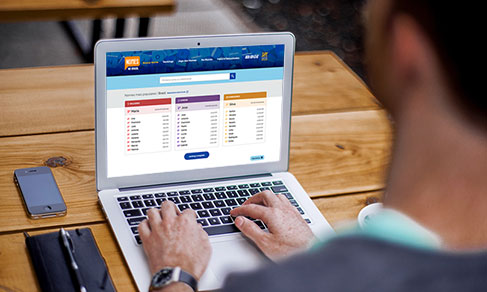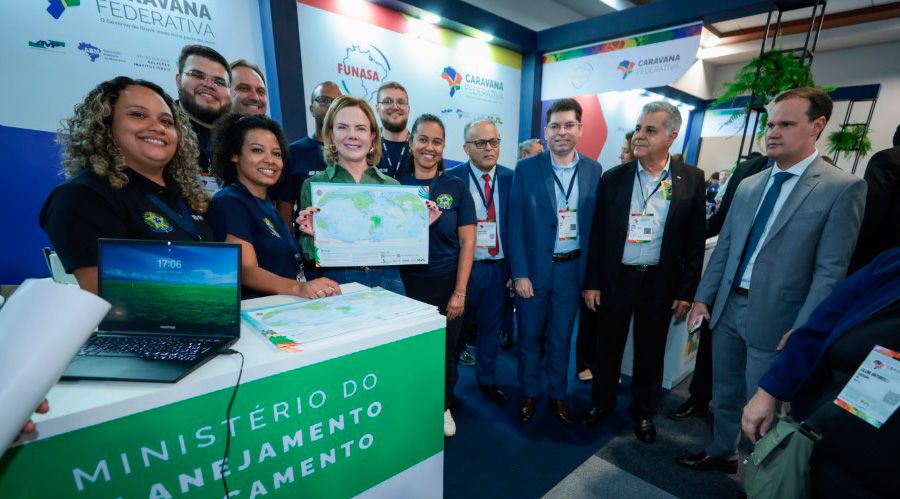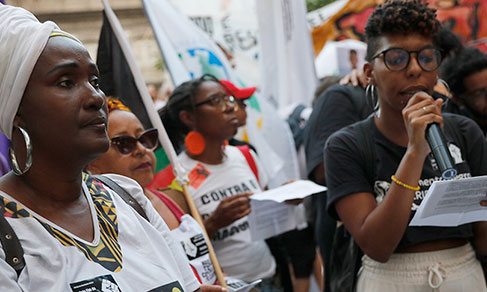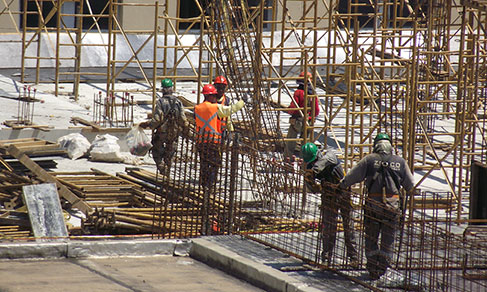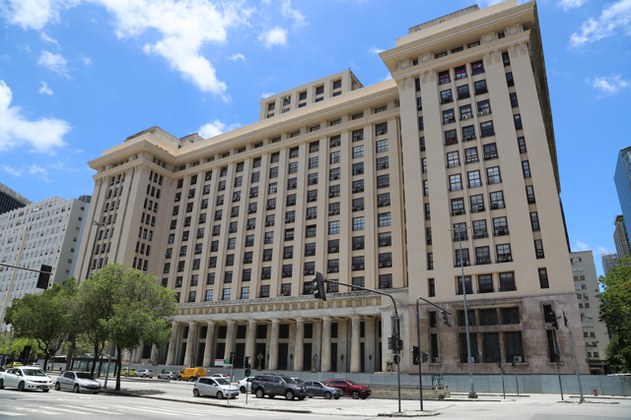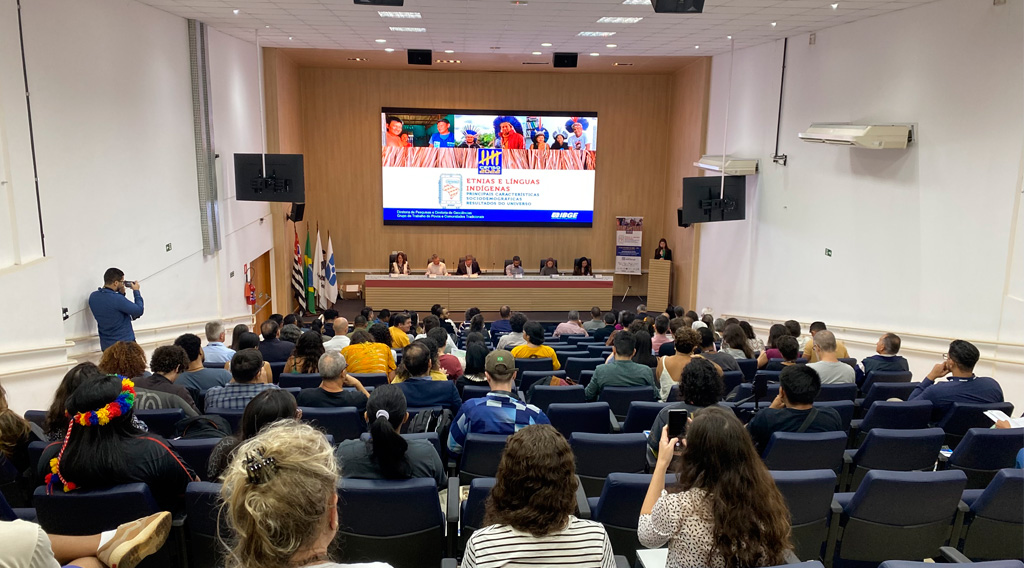IPCA
IBGE begins to release inflation with new calculation and prices collected by robots
February 05, 2020 02h00 PM | Last Updated: February 05, 2020 03h58 PM
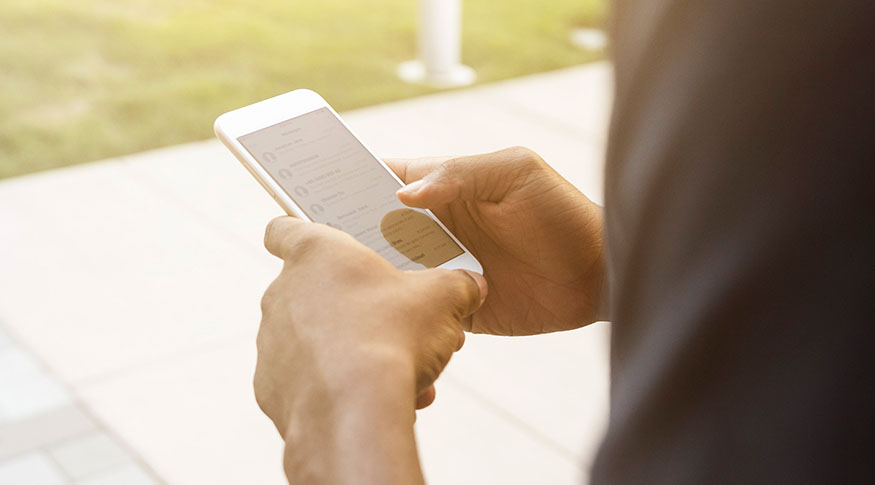
The IBGE will release the Brazilian official inflation next Friday (7), measured by the Extended National Consumer Price Index - IPCA and based on a new basket of products and services, which was updated to follow up changes in the consumption habits of the Brazilian population. This will also be the first time that the indicator will be released with prices collected by virtual robots on Internet pages.
The basket contains 56 new products and services that gained relevance in the consumption of the Brazilians over the last years, like transportation through apps and streaming. Expenditures related to a healthy life and esthetic, treatment and hygiene of domestic animals and even the consumption of instant noodles also entered in the calculation. Nevertheless, other items lost space or were excluded from the budget of households, like DVD devices, newspaper subscription and photographic cameras.
The inflation components are based on the results of the Consumer Expenditure Survey - POF 2017-2018, which updated the consumption habits, expenditures and income of households. The new basket was released by the IBGE in October last year with the previous weighting structures, which were updated in January 2020. Comprising 377 products and services, the new IPCA structure brings less six sub-items than the previous model, which was based on POF 2008-2009 and was in force since 2012.
Robots already collect prices for the indicator
In addition to the new basket, the January inflation will bring prices of transportation through apps collected by robots, an innovation that will be extended to airfare from the February IPCA onwards. The innovation automates a process that was previously carried out manually by technicians, who accessed the sites of airlines and simulated hundreds of airline prices, according to Pedro Kislanov, IBGE´s manager of Price Indexes. With the introduction of robots, the number of accesses jumped to thousands in few minutes.
The systems began to be developed by the IBGE in mid 2018. The data collection is made by a programming technique called web scraping, which captures the information on the sites automatically. Several tests were carried out over the last two years and, according to Kislanov, the prices collected manually and searched by the two robots did not differ much. The project was such a success that a third robot is being tested, collecting prices of hotels. The IBGE also studies to apply this technique to other products, like hygiene material and books.
"We managed to make a massive collection of prices with the robots, minimizing the chances of error and introducing an even more reliable indicator. We also reduced costs with personnel by shifting people who were collecting prices on the sites to other tasks", said him, adding that the methodological criteria were not changed with the automation and that the manual price collection remains valid for other products and services.
Innovation from paper to robots
In the 40 years of the IPCA, price collection always followed the technological advances. Created in 1980, one year after the INPC, the indicator turned up innovating and influenced other IBGE surveys. Beginning with the questionnaire that, although in paper, was developed by the technical area in a standard format with fields being edited whenever needed – an innovation at the time, tells Marcia Quintslr, who coordinated the Price Indexes for more than 15 years.
"It was not considered in other IBGE´s questionnaires. Today it seems a small advance, but it was not. It provided a very important flexibility to the work", reminds the technician of the IBGE´s Directorate of Surveys.
The data collection continued to advance, from paper to the Personal Digital Assistant - PDA, a handheld device with a pointer pen, implemented in 2007.
"Despite the advance in the structure of the paper questionnaire, it did not allow real time edit, i.e., the automatic revision of the information in order to avoid odd or wrong values to be filled in the questionnaire. If any value was filled in the questionnaire, the PDA automatically questioned the surveyor whether that data was correct", told Pedro Kislanov.
The flexibility in the data transmission was another advance of the device. "At paper time, the collected data should be entered in the computer. It took weeks, months to record all the information collected in the field. With the PDA, the device should only be connected with the computer and the information was synchronized in the system. The items of the questionnaire in the PDA were also updated in few minutes", said the manager of Price Indexes.
In 2018, the IBGE introduced a new advance when it developed the Mobile Data Collection Device - DMC, a smartphone with a National System of Consumer Price Indexes - SNIPC application. According to Kislanov, the app has a more intuitive interface than the PDA and useful tools to the surveyor, like the calculator, as well as access to the Internet, which allows to send the collected information and error reports to the IBGE´s databases in real time.

"We have just introduced geo-referencing in the data collection. The DMC records the coordinates of the place and crosses them with the information in the address file. It confirms whether the interviewer effectively collected the information in the right place. It is an excellent way to monitor the data that are being collected", told him.
Beyond the robots that began to be used this year, the IBGE´s Coordination of Price Indexes foresees the collection of prices through electronic invoices and bar codes. "Information like prices and consumed volume could come directly from the supermarkets. It would be an invaluable information for us. Yet, it is a very expensive information today. And, in the case of invoices, we depend on an agreement with the secretariats of Economy of the states", concluded Pedro Kislanov.





